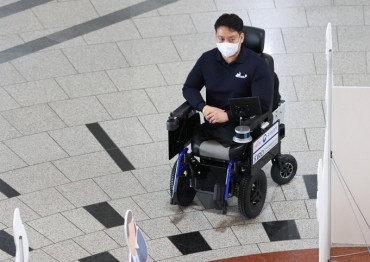SEOUL, Aug. 24 (Korea Bizwire) — South Korea’s household income fell 0.8 percent on-year in the second quarter of 2023 due to the drop in COVID-19-related subsidies and other state support, and the narrowed income gap between the haves and have-nots, data showed Thursday.
The country’s households earned an average of 4.79 million won (US$3,613) per month in the April-June period, compared with 4.83 million won tallied a year earlier, according to the data from Statistics Korea.
Profits earned through wages grew 4.9 percent on-year to an average of 3.03 million won per month in the second quarter, and the monthly average income from business operations inched up 0.1 percent to 927,000 won.
But transfer income backed by state support dropped 19.6 percent to 718,000 won as the government cut back on pandemic-related compensation and subsidies.
Monthly household spending rose 4.1 percent on-year in the second quarter to come to 3.65 million won.
The growth came as people spent more on entertainment and culture, which jumped 14 percent on-year. Spending on dining out and accommodations also advanced 6 percent.
But spending on health care and housing goods fell 6.5 percent and 2.8 percent, respectively, amid the stabilized virus situation, the data showed.
Households’ propensity to consume, measured by the percentage of consumption expenditures out of disposable income, increased 3.8 percentage points on-year to 70.2 percent in the second quarter.
The figure hit an all-time low in the second quarter of last year due to high inflation and rising interest rates.

This file photo taken July 23, 2023, shows apartment buildings in Seoul viewed from Mount Nam. (Yonhap)
Meanwhile, the income gap among groups narrowed in the April-June period.
The country’s distribution ratio for disposable income, a key barometer of earnings equality, came to 5.34 in the second quarter, down from 5.6 the previous year.
It means that the top 20 percent income bracket received earnings that were 5.34 times more than those in the bottom 20 percent over the cited period.
A higher ratio means greater inequality in income distribution.
“Both groups earned less in the second quarter, meaning that the fall in the income gap does not indicate any practical improvement in the wealth distribution between the haves and have-nots,” an agency official said.
The average monthly income of the bottom 20 percent income bracket fell 0.7 percent on-year to 1.12 million won, and that of the upper 20 percent income group slid 1.8 percent to 10.14 million won, the data showed.
(Yonhap)







